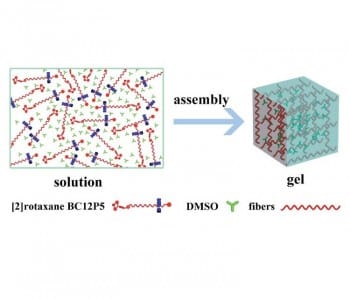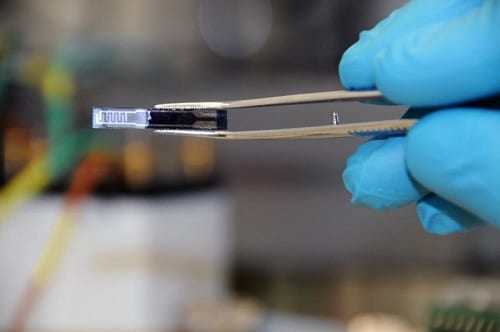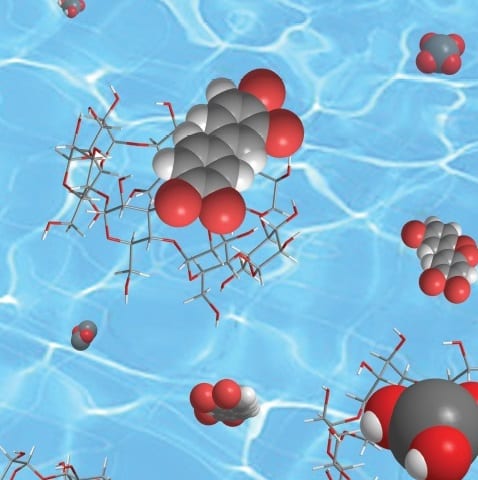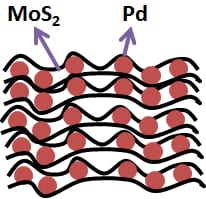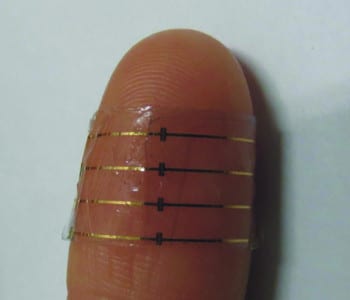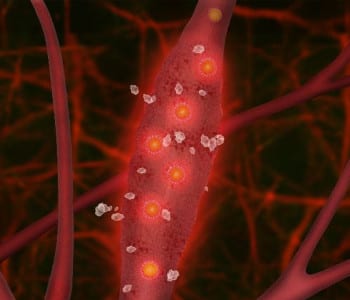The fluorescent rotaxane is a molecular shuttle sensitive to temperature, pH, and solvent polarity changes. It forms a gel which changes its fluorescence properties upon acidic/basic gas exposure and can be turned into a liquid by shaking, heating, and by adding anions.
